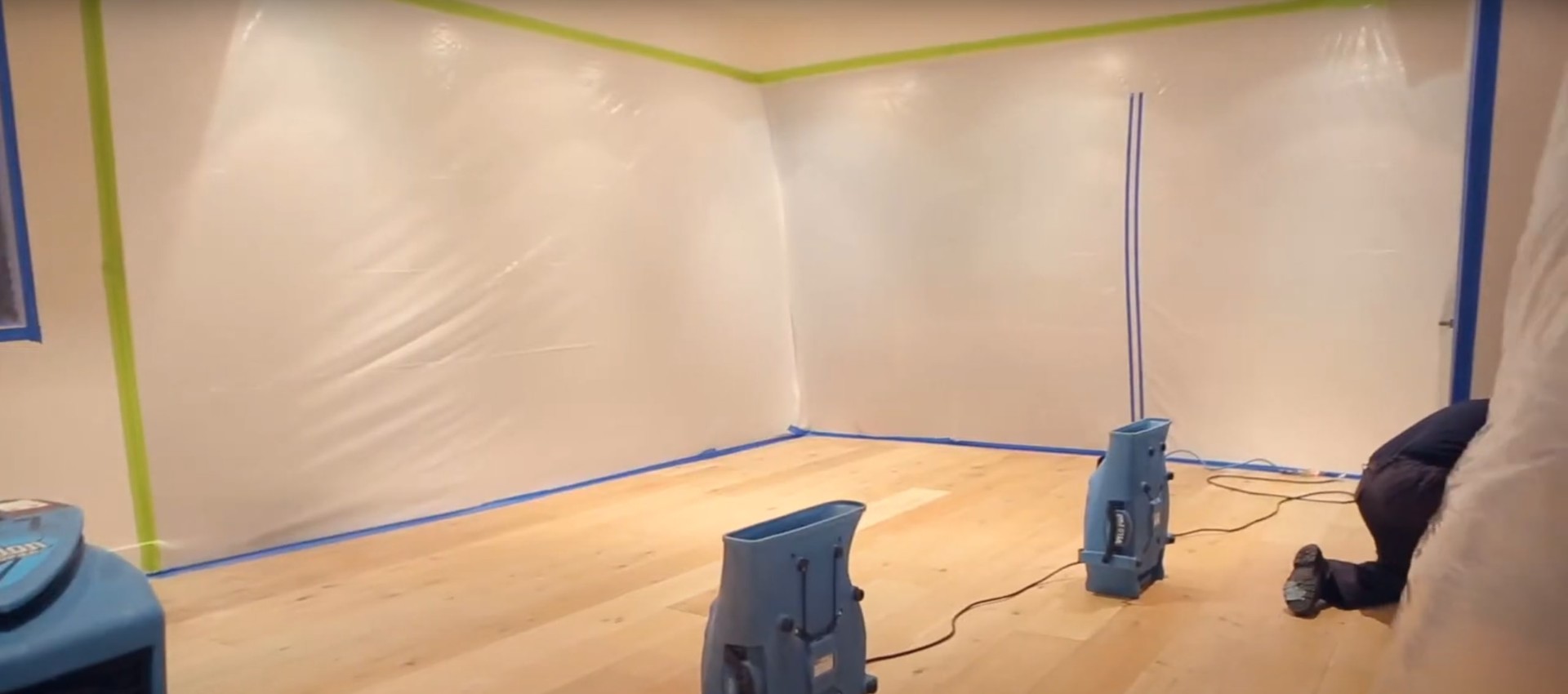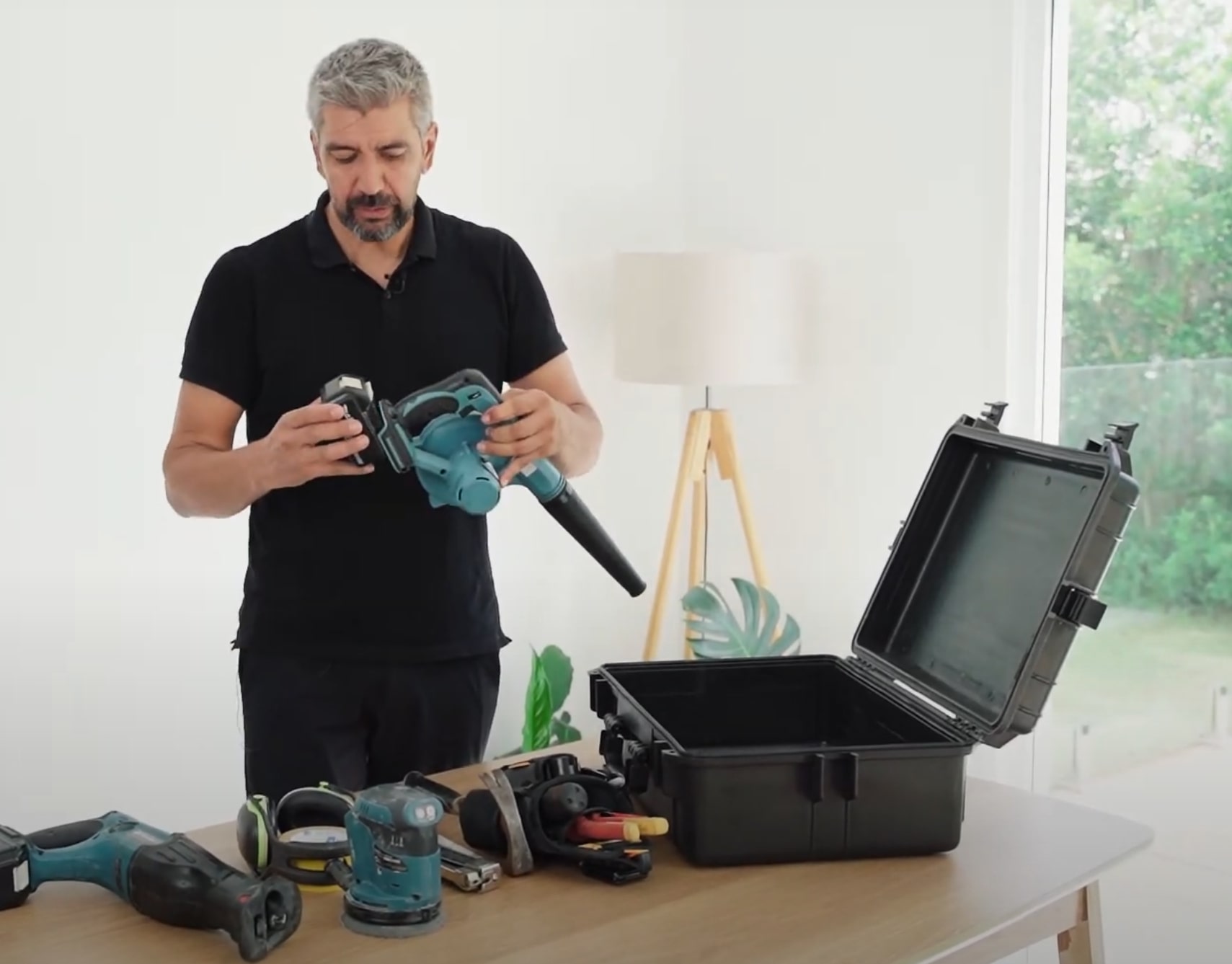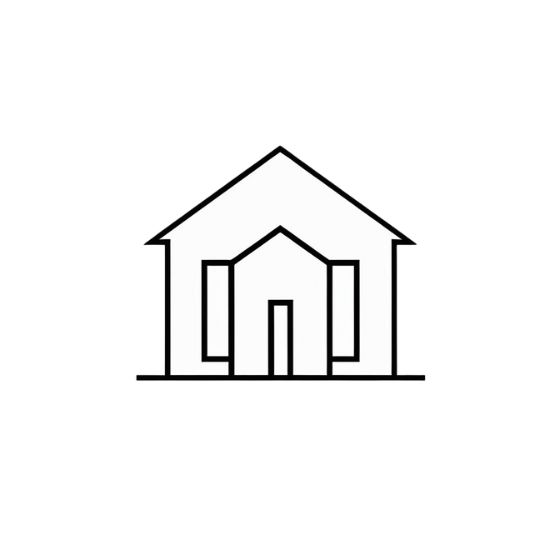Structural Drying & Dehumidification
Complete moisture elimination using advanced drying technology to restore your property safely and efficiently.

The Science Behind Structural Drying
Structural drying is far more complex than simply removing standing water. It requires understanding psychrometrics – the science of air and moisture interaction. Professional structural drying can reduce restoration time from weeks to days when done correctly, saving thousands in additional damage costs.
Our certified technicians use scientific principles to create optimal drying conditions. We monitor temperature, humidity, and airflow to maximize evaporation rates while preventing secondary damage. This precise approach ensures materials dry properly without warping, cracking, or developing mold. Learn more about our complete water damage restoration process and how structural drying fits into comprehensive property recovery.
Advanced Drying Equipment and Technology
Modern water damage restoration relies on sophisticated equipment that goes far beyond basic fans. Our arsenal includes high-velocity air movers that create laminar airflow across wet surfaces, low-grain refrigerant dehumidifiers that remove moisture from the air, and desiccant dehumidifiers for extreme conditions.
We also utilize specialized injection drying systems that can dry wall cavities and other enclosed spaces without demolition. These systems create controlled airflow within wall assemblies, allowing moisture to evaporate and be removed by our dehumidification equipment. This technology often saves entire walls that would otherwise require replacement.

Moisture Monitoring and Documentation
Effective structural drying requires constant monitoring of moisture levels throughout the affected materials. We use professional-grade moisture meters, thermal imaging cameras, and thermo-hygrometers to track progress and adjust our equipment accordingly.
Daily monitoring allows us to identify problem areas early and make equipment adjustments before issues develop. This data-driven approach ensures efficient drying while providing the documentation insurance companies require for claims processing.
Understanding Different Drying Classes
The Institute of Inspection, Cleaning and Restoration Certification (IICRC) defines four classes of water damage, each requiring different drying approaches. Class 1 involves minimal absorption into materials, while Class 4 requires specialty drying techniques for materials like hardwood, plaster, or concrete.
Our technicians assess each situation to determine the appropriate class and develop a customized drying plan. This classification system ensures we use the right equipment density, positioning, and monitoring frequency for optimal results. Proper classification can mean the difference between successful drying and costly material replacement.
Preventing Secondary Damage During Drying
Improper drying techniques can cause significant secondary damage. Over-drying can cause wood to crack, joints to separate, and finishes to fail. Under-drying leads to mold growth, odors, and continued structural deterioration. Professional structural drying prevents these costly mistakes.
We carefully control drying conditions to prevent rapid moisture loss that causes material stress. Our equipment placement follows industry standards to ensure even drying without creating hot spots or areas of excessive airflow. This balanced approach protects your property while achieving thorough moisture removal.
Energy-Efficient Drying Solutions
Modern structural drying equipment is designed for energy efficiency while maintaining maximum effectiveness. Our low-grain refrigerant dehumidifiers can remove up to 150 pints of water per day while using minimal electricity. This efficiency reduces your utility costs during the drying process.
We strategically position equipment to maximize airflow and dehumidification while minimizing energy consumption. Our technicians adjust equipment settings based on changing conditions, ensuring optimal performance throughout the drying process. This approach achieves faster drying times with lower operating costs.
Quality Assurance and Final Verification
Our structural drying process isn't complete until we verify that all materials have reached appropriate moisture levels. We conduct final moisture testing using multiple methods to ensure thorough drying. This verification prevents future problems and provides confidence in our work.
Before removing equipment, we document final moisture readings and compare them to industry-accepted dry standards. We also inspect for any signs of remaining moisture or potential problem areas. Only when we're confident that complete drying has been achieved do we consider the structural drying phase complete.
Professional Structural Drying Services
Don't let improper drying cause long-term damage to your property. Our certified technicians use advanced equipment and proven techniques for complete moisture elimination.
